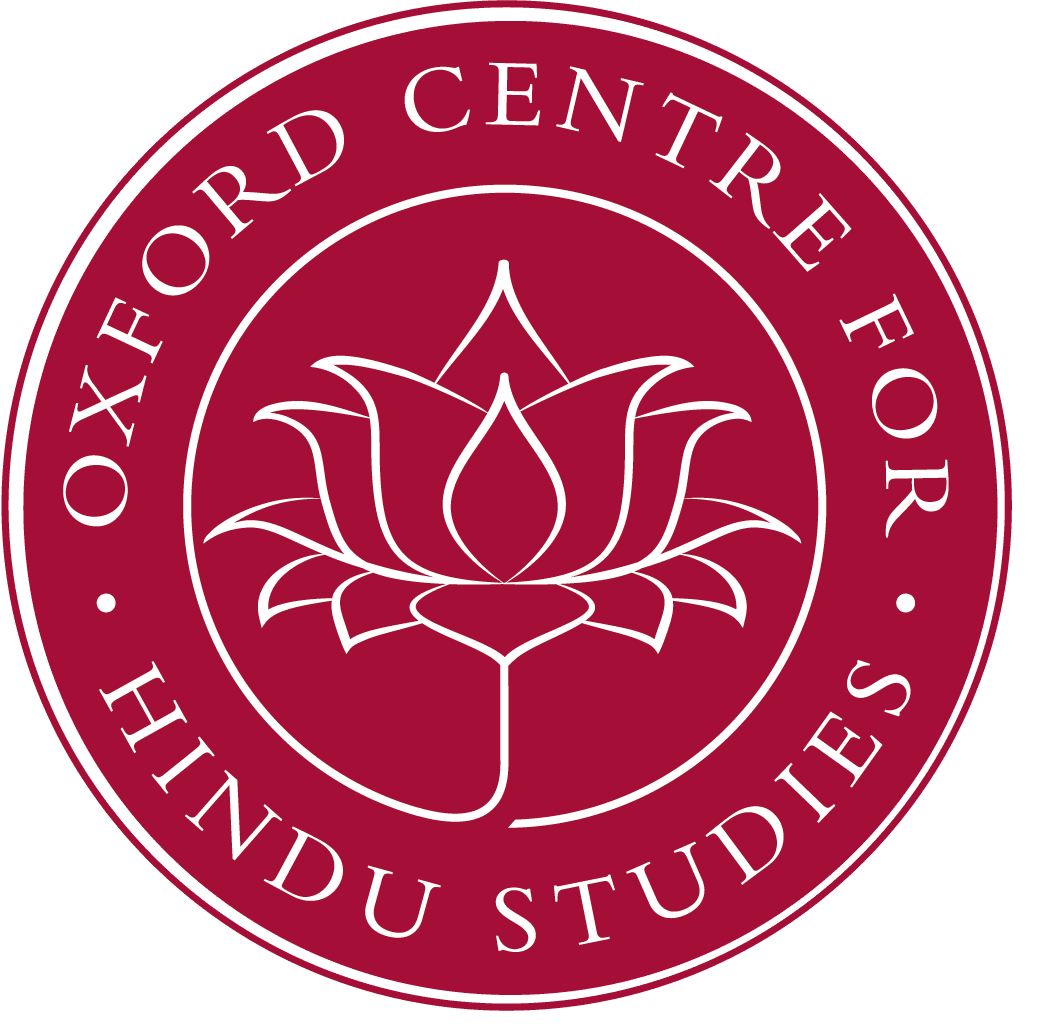In Gaudiya Vaishnavism, religious experience is understood as the actualisation, or realisation of a personal, loving relationship with god Krishna. Among the members of the Hare Krishna movement, the Western offshoot of this devotional tradition, there are two distinct types of religious experience narratives, each with its own specific temporality. In common parlance, they are known as “arrangements” (or “Krishna’s arrangements”) and “ecstasies”. Arrangement narratives are sequences of events emplotted upon reflection as Krishna’s intercession to fulfil a devotee’s need. Conversely, ecstasies are stories with minimal plots. Their content is highly evaluative, reporting affections of an unusual and mystical kind. Such content builds up immediacy and duration as the main feature of the temporality of ecstasy stories. As both types of narratives are about the realisation of one’s own religious identity, arrangements and ecstasies can be seen as expressions of the two types of narrative identity that Ricoeur distinguished as idem or sameness and ipse or selfhood. Stories about devotional needs met by Krishna through his synchronicities or “arrangements of time” are affirmations of a devotee’s identifiable religious dispositions. Needs in arrangement stories testify to the features of one’s devotional character by which one is reidentifiable as the same through time. In this way, arrangement narratives express narrative identity where sameness (idem) conceals selfhood (ipse). On the other hand, ecstasies are narratives of a more extreme “fidelity” to selfhood (ipse). Dissolution of sameness (idem) identity in ecstasy narratives reveals selfhood in a state of timeless but not atemporal duration. It is a being-within-time perpetuated by the ever-ongoing feature of raw affectivity, akin to the other reports of mystical states. Except for the distinct phenomenological features, these two types of stories also have different intersubjectivity. Arrangement narratives are much more readily discussed in public, whereas ecstasies are imparted almost exclusively in private and confidential settings.
Hrvoje Čargonja is assistant professor at the Department of Ethnology and Cultural Anthropology, Faculty of Humanities and Social Sciences, University of Zagreb, Zagreb, Croatia where he teaches classes on: Hinduism, shamanism and qualitative research methods. He obtained MSc in molecular biology and PhD in cultural anthropology from the University of Zagreb. His doctoral thesis, supervised by Professor Gavin Flood (Oxford Centre for Hindu Studies, Oxford University), was research on religious experience in the Hare Krishna movement. He conducted his fieldwork in Croatia, UK and India. His special research interests include cultural phenomenology, the Hare Krishna movement and phenomenology of religious experience.
